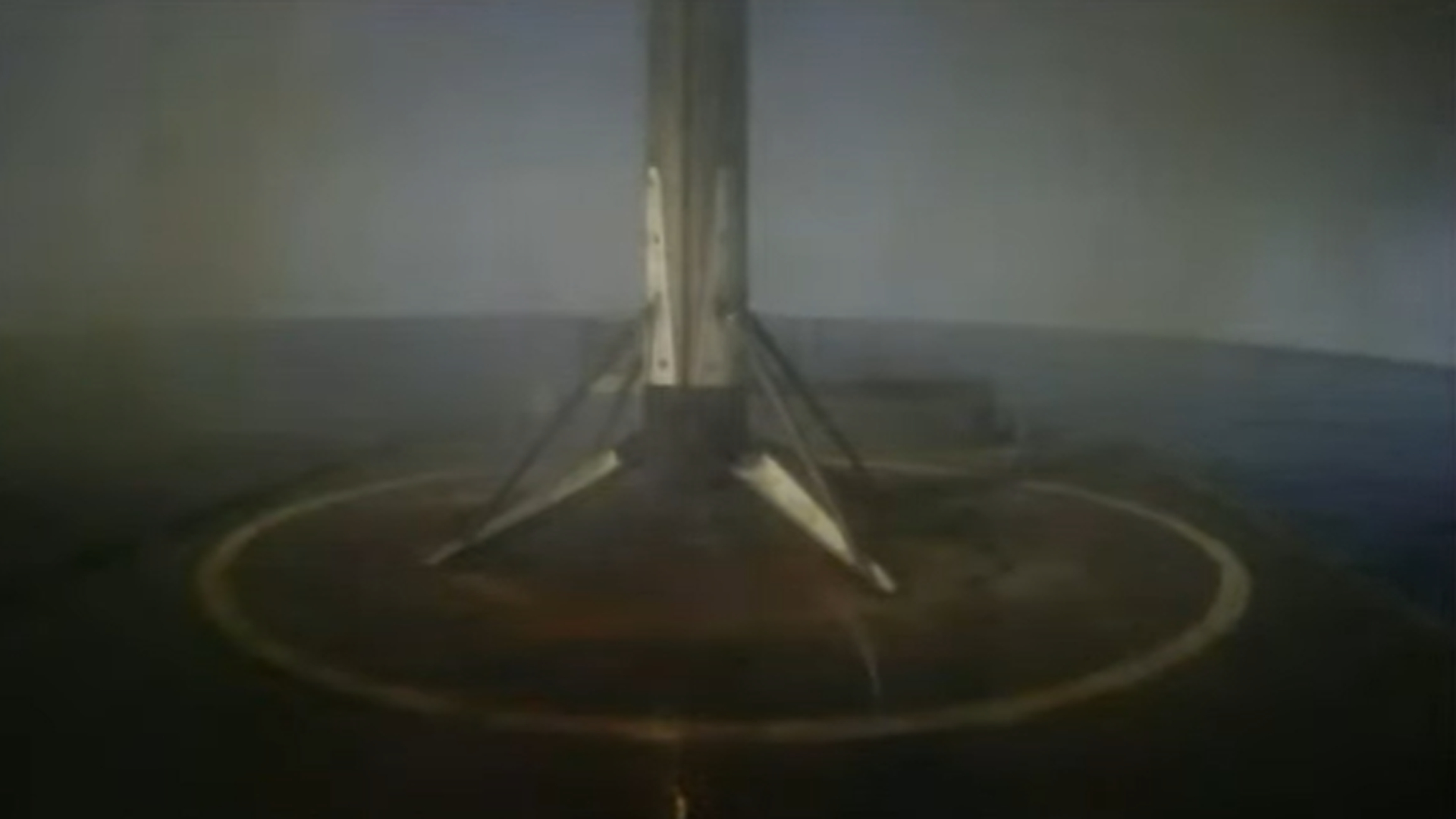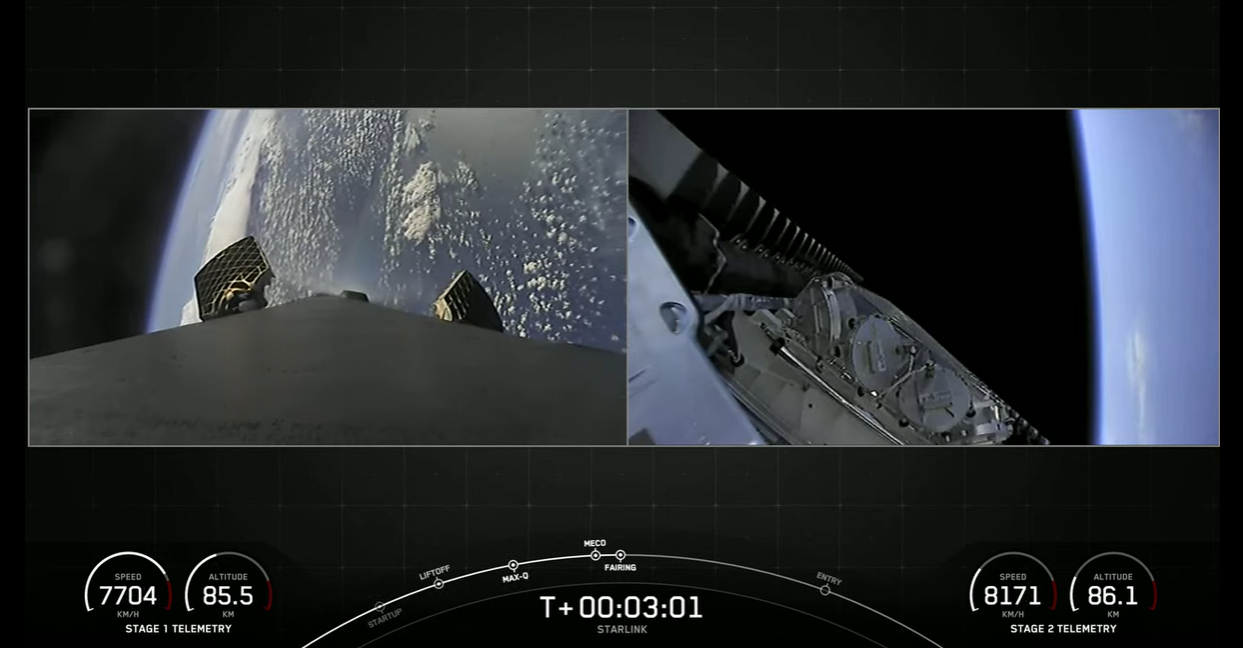A SpaceX Falcon 9 rocket launched another big batch of Starlink internet satellites and landed on a ship at sea today (April 29) in the company's quickest-ever turnaround of a preflown booster.
A Falcon 9 topped with 53 Starlink spacecraft lifted off today at 5:27 p.m. EDT (2127 GMT) from Florida's Cape Canaveral Space Force Station. About 8.5 minutes later, the rocket's first stage returned to Earth and landed on the SpaceX droneship Just Read The Instructions, which was stationed in the Atlantic Ocean off the Florida coast.
The Falcon 9's upper stage, meanwhile, continued carrying the Starlink satellites to low Earth orbit. If all goes according to plan, the 53 spacecraft will be deployed
roughly an hour after launch.
Related: SpaceX's Starlink megaconstellation launches in photos

It was the sixth liftoff and landing for this Falcon first stage, according to a SpaceX mission description. The booster also helped launch two GPS satellites, another Starlink batch and two pioneering private crewed missions — the Inspiration4 flight to Earth orbit in September 2021 and Ax-1, the first all-private astronaut mission to the International Space Station.
Ax-1 lifted off on April 8. The three-week turnaround to today was the fastest ever for a Falcon 9 first stage, beating the previous mark by six days, according to EverydayAstronaut.com.
SpaceX has launched nearly 2,400 Starlink satellites to date, and a fair few have gone up recently; 10 of the company's 17 launches so far this year have been dedicated Starlink missions.
Get the Space.com Newsletter
Breaking space news, the latest updates on rocket launches, skywatching events and more!

And the Starlink megaconstellation will likely get quite a bit bigger. Paperwork filed by SpaceX suggests that the next-generation version of the network could consist of up to 30,000 spacecraft.
Today's launch continued a very busy stretch for SpaceX. It was the company's fourth liftoff in the last 12 days and the second in just three days; a Falcon 9 launched the Crew-4 mission for NASA on Wednesday (April 27), sending four astronauts to the International Space Station.
In addition, Ax-1 returned to Earth this week. That mission's Dragon capsule splashed down in the Atlantic Ocean on Monday (April 25), bringing home four astronauts, three of whom were paying customers.
Editor's note: This story was updated at 5:50 p.m. EDT (2150 GMT) on April 29 with news of the successful launch and landing.
Mike Wall is the author of "Out There" (Grand Central Publishing, 2018; illustrated by Karl Tate), a book about the search for alien life. Follow him on Twitter @michaeldwall. Follow us on Twitter @Spacedotcom or on Facebook.
Join our Space Forums to keep talking space on the latest missions, night sky and more! And if you have a news tip, correction or comment, let us know at: community@space.com.

Michael Wall is a Senior Space Writer with Space.com and joined the team in 2010. He primarily covers exoplanets, spaceflight and military space, but has been known to dabble in the space art beat. His book about the search for alien life, "Out There," was published on Nov. 13, 2018. Before becoming a science writer, Michael worked as a herpetologist and wildlife biologist. He has a Ph.D. in evolutionary biology from the University of Sydney, Australia, a bachelor's degree from the University of Arizona, and a graduate certificate in science writing from the University of California, Santa Cruz. To find out what his latest project is, you can follow Michael on Twitter.









